- Solutions
- Products
- Resources
- Company
 Investor Relations
Investor RelationsFinancial Information
- Careers
Edge AI Solutions
Self-contained Edge NPUs for everything from Embedded ML to Generative Edge AI

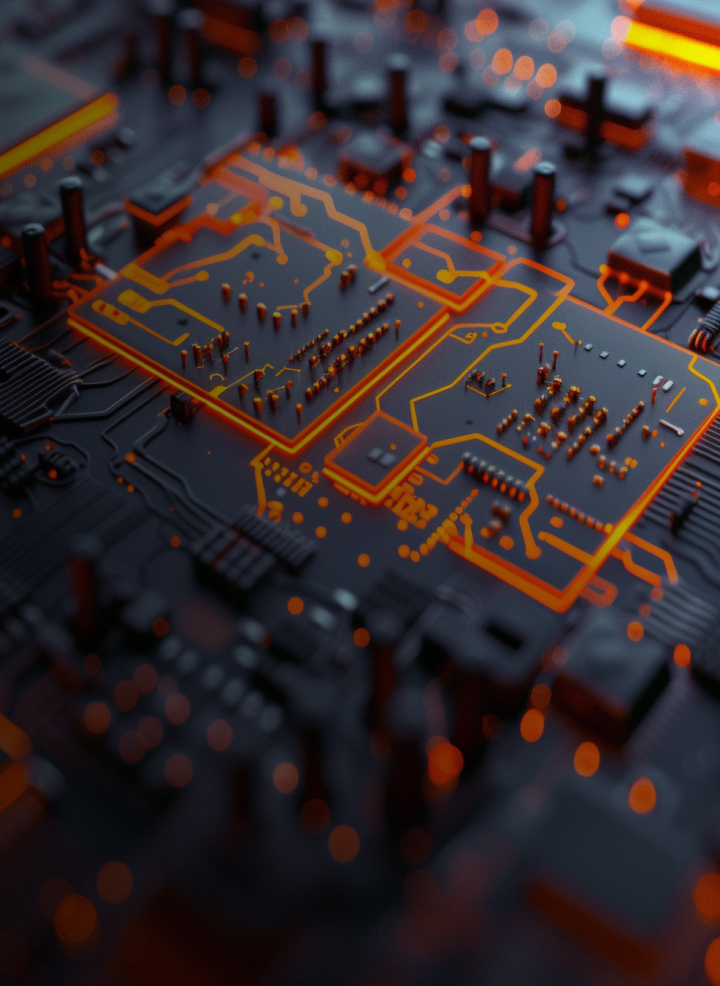


Why Edge AI is a Game-Changer
Harnessing neural networks to accelerate inference at the edge. Artificial Intelligence (AI) is changing our world, and Edge AI brings its power even closer to action. By reducing latency and enhancing privacy, Edge AI enables advanced AI capabilities on even the most resource-constrained devices. Whether through real-time decision-making in autonomous vehicles, immediate health monitoring through wearable medical devices, or predictive maintenance in industrial machinery, Edge AI is ushering in a new era of smart devices.
Ceva Technology Behind Edge AI Excellence
Ceva offers self-contained Edge Neural Processing Units (NPUs) that operate independently without relying on a host CPU. They’re designed to handle a broad spectrum of AI applications, from the ultra-low-power and always-on requirements of Embedded ML to the high computational demands of Generative AI. Ceva’s scalable NPU family supports AI processing capabilities ranging from tens of GOPS (Giga Operations Per Second) to hundreds of TOPS (Tera Operations Per Second).


Edge-AI Market Analysis: Applications, Processors & Ecosystem Guide
This report covers processors and the surrounding ecosystem for artificial intelligence and machine learning at the edge, focusing on embedded systems ranging from TinyML to those capable of hundreds of TOPS.


The 2025 Edge AI Technology Report
The report delves into the evolution of edge AI from a niche technology to a mainstream powerhouse catalyzing change across autonomous vehicles, IoT, healthcare, and more. From real-time decision-making in autonomous vehicles to immediate patient monitoring in healthcare, edge AI is setting new standards for safety, efficiency, and performance.
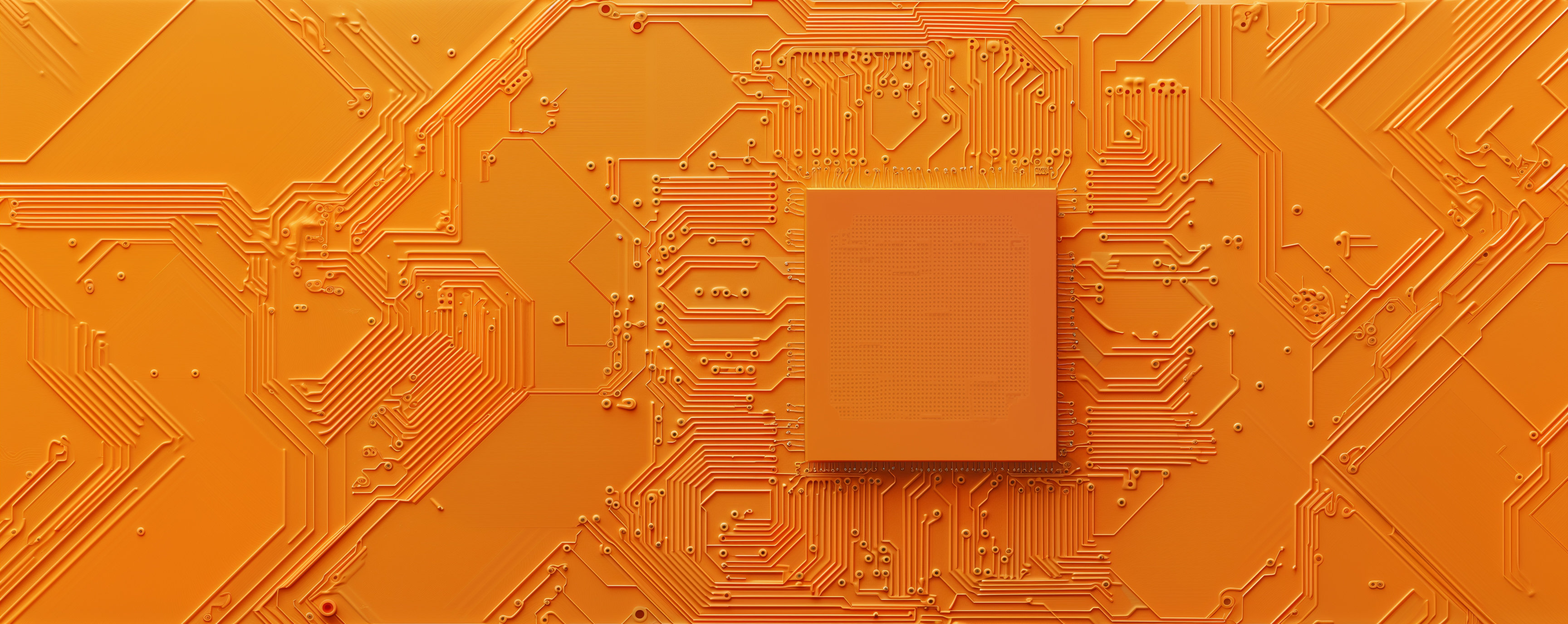

TechInsights report
Ceva NPU Core Targets TinyML Workloads
Ceva’s NeuPro-Nano licensable neural processing unit (NPU) targets processors that run TinyML workloads, offering up to 200 billion operations per second (GOPS) for power-constrained edge IoT devices.
End-devices powered by Ceva’s Edge AI technology
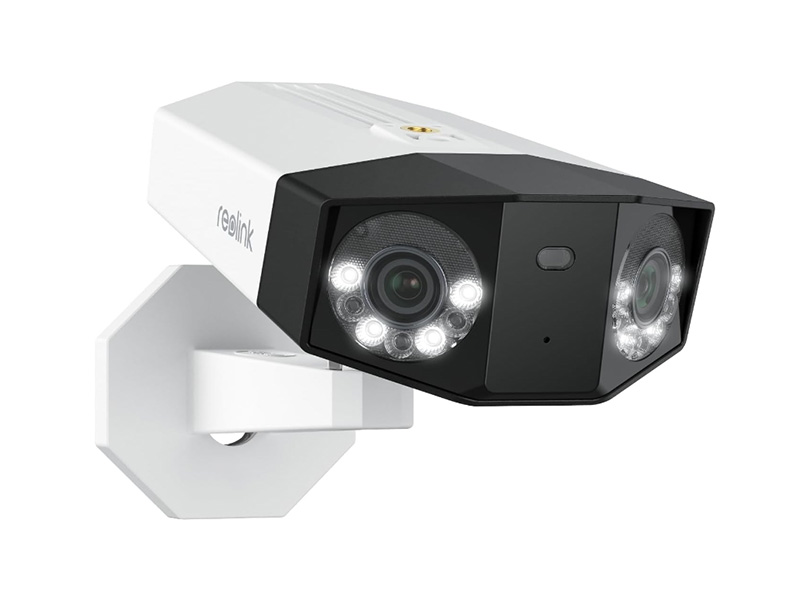
REOLINK Duo 3
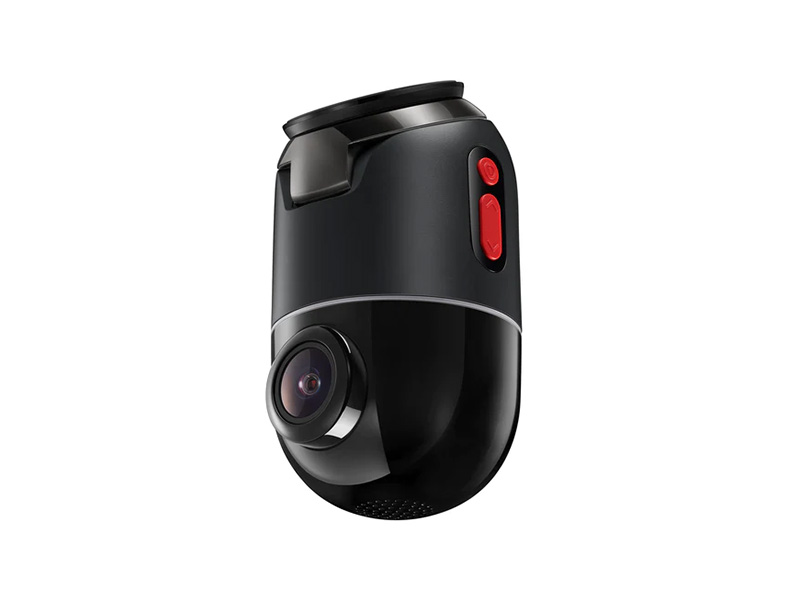
70mai Omni Dash Cam
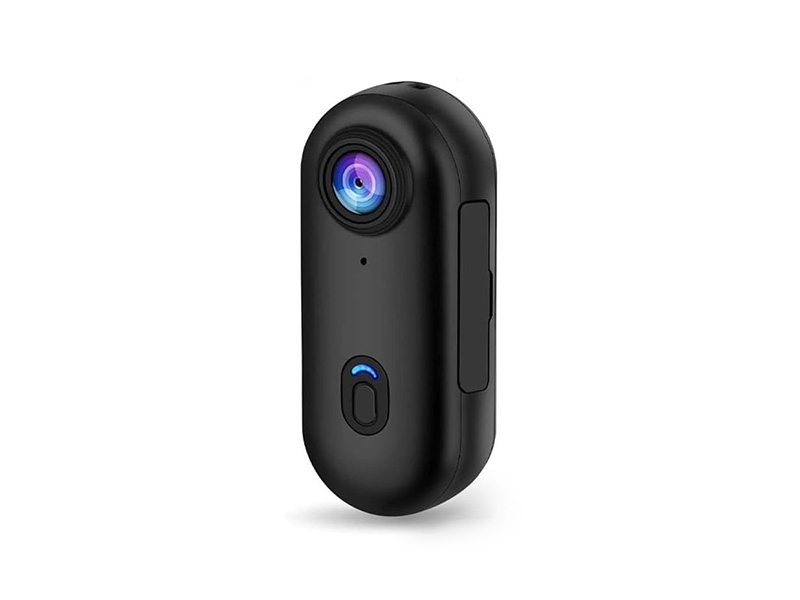
Jinpei 4K Mini Action Camera
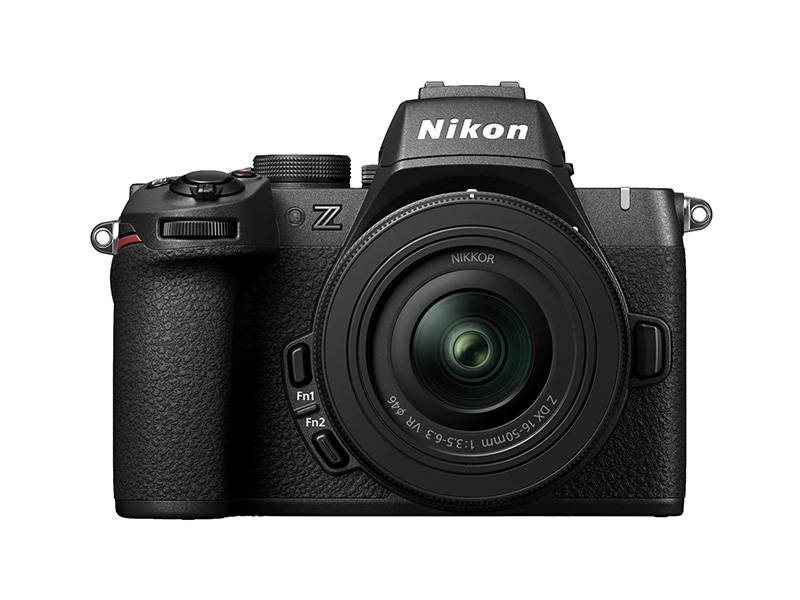
Nikon Z50II
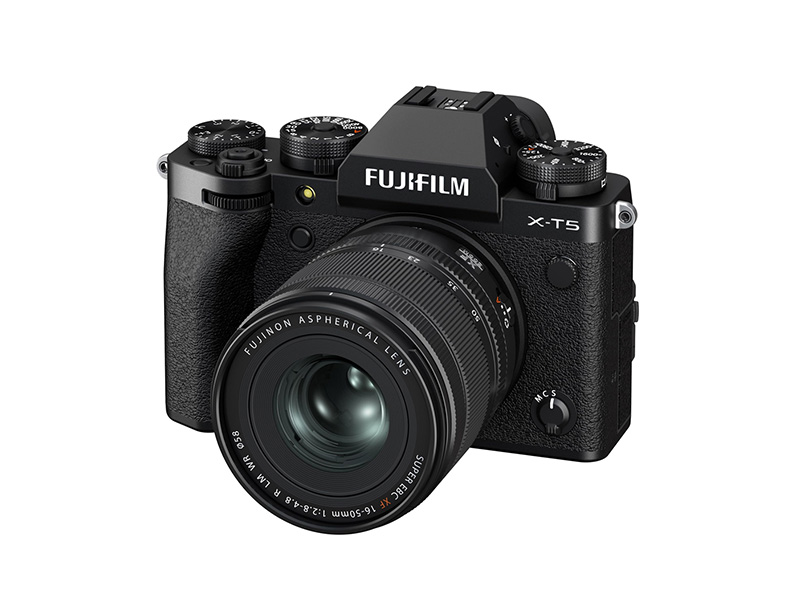
FUJI XT-5
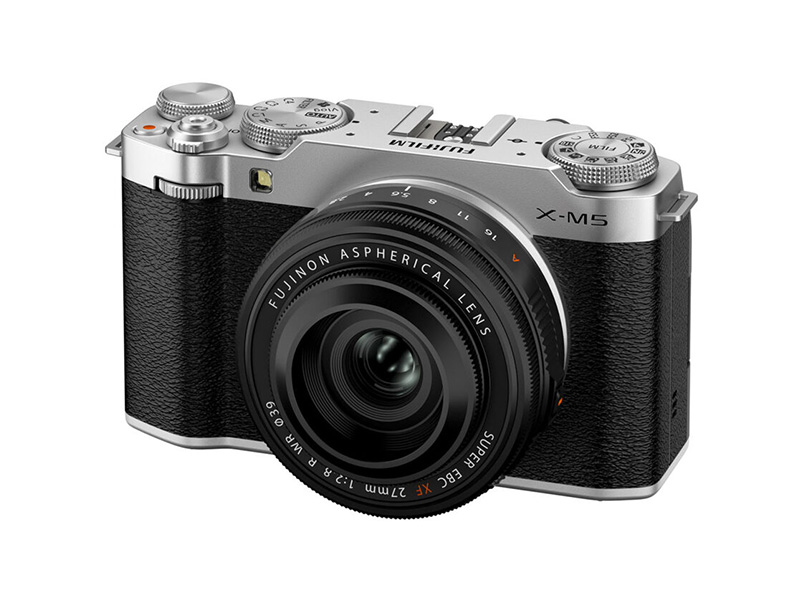
FUJI XM-5


Get in touch!



